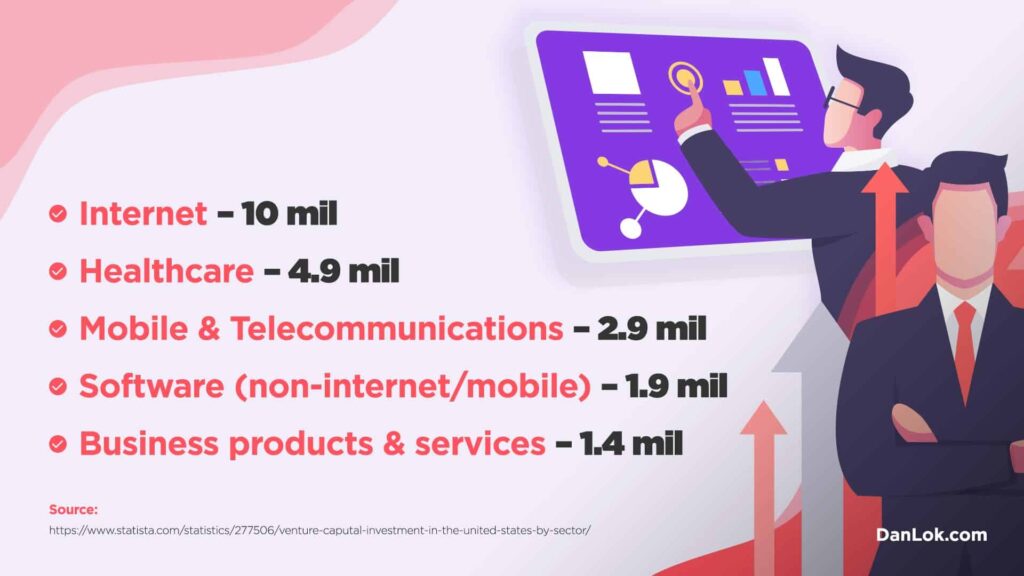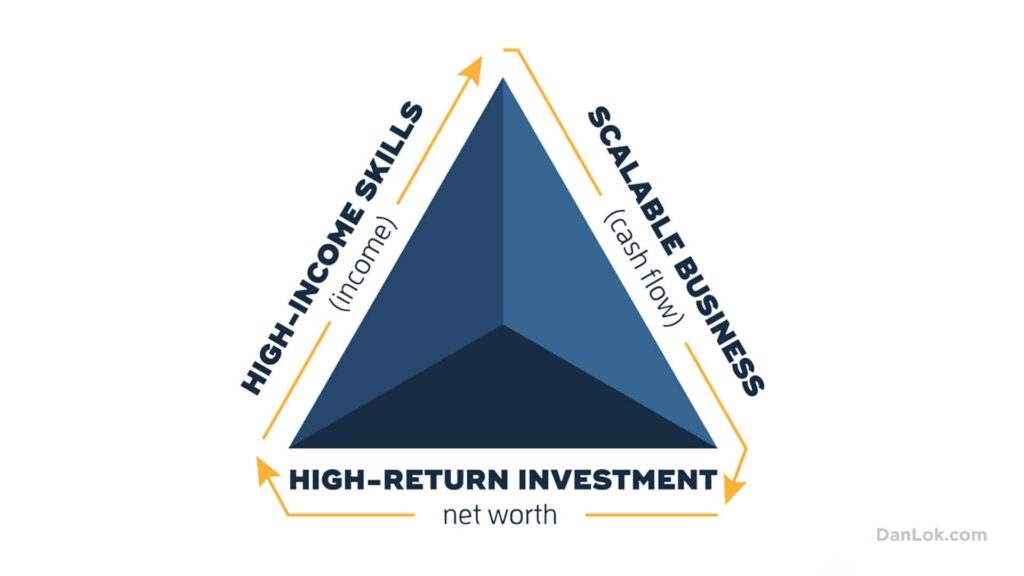The Ritz Carlton is famous for its incredible service. From high thread count sheets to high-end amenities, their brand stands for high-end luxury. What really makes it stand out, however, is the staff’s attention to detail. They go above and beyond to make sure their guests have a great experience, resulting in high-ticket retention.
Why does a customer choose to stay in a high-end hotel and not just any ol’ place? The answer, from a business standpoint, is value. By providing an exceptional level of service and value, high-ticket retention practices can keep your customers coming back time and time again.
So how do you go about implementing high-ticket retention practices?
Focus on Building Value
Customers who return again and again to their favorite luxury brands know one thing: these brands provide quality and value. There is a significant difference between a Prada purse and a high-end knockoff.
The same is true for high-ticket services and products. Customers must feel that they are getting a high-level product or service to keep them coming back. Having a quality guarantee in place can go a long way towards instilling customer loyalty and confidence.
Invest in Highly Knowledgeable and Conscientious Staff
The quality of your staff’s service will directly impact the level of high-ticket retention you can achieve. Investing in high-level customer service training and hiring high quality, knowledgeable staff is key to providing high-ticket retention services.
Your staff should be well informed on the products and services you offer, as well as your company’s values and mission. They should also be prepared to go above and beyond for customers to ensure their satisfaction.
Retention is all about creating meaningful relationships with high-value customers and providing them with the best possible service. A high-ticket customer should feel special and valued by your staff. Take the time to get to know your customers, understand their needs and preferences, and provide them with personalized service. Creating lasting relationships will ensure high-ticket retention and foster customer loyalty.
Create an Atmosphere of Provision
What is the first thing the staff does when you walk into a high-end store? They give you a bottle of water. This is the perfect example of the principle of reciprocity. When we are given something, even a small gesture such as a bottle of water, it creates an atmosphere of provision. This atmosphere signals to your customer that you are invested in them, which will encourage high-ticket retention. Some other ways to build rapport and create a high-end atmosphere of provision include providing high-level customer service, complimentary snacks or beverages, free Wi-Fi, and high-end amenities.
Final Thoughts
High-ticket retention is a powerful way for businesses to keep high-value customers coming back again and again. When done correctly, it can help you boost revenue and keep customers loyal for the long term. By investing in high-quality staff, creating an atmosphere of provision, and offering high-level customer service and value, businesses can ensure high-ticket retention and an increased bottom line. With the right high-ticket retention strategy, you can invigorate your business and take it to new heights.






